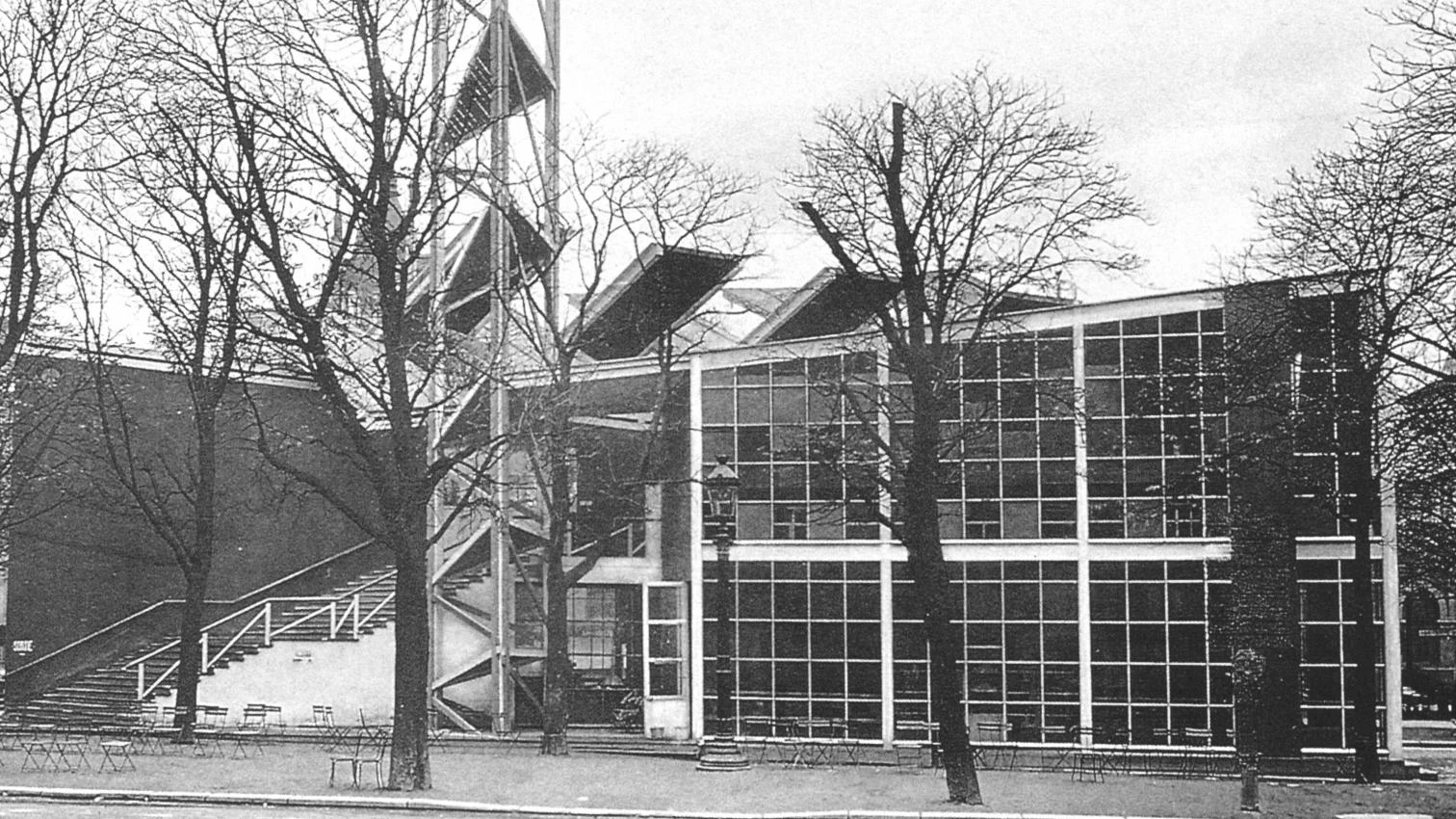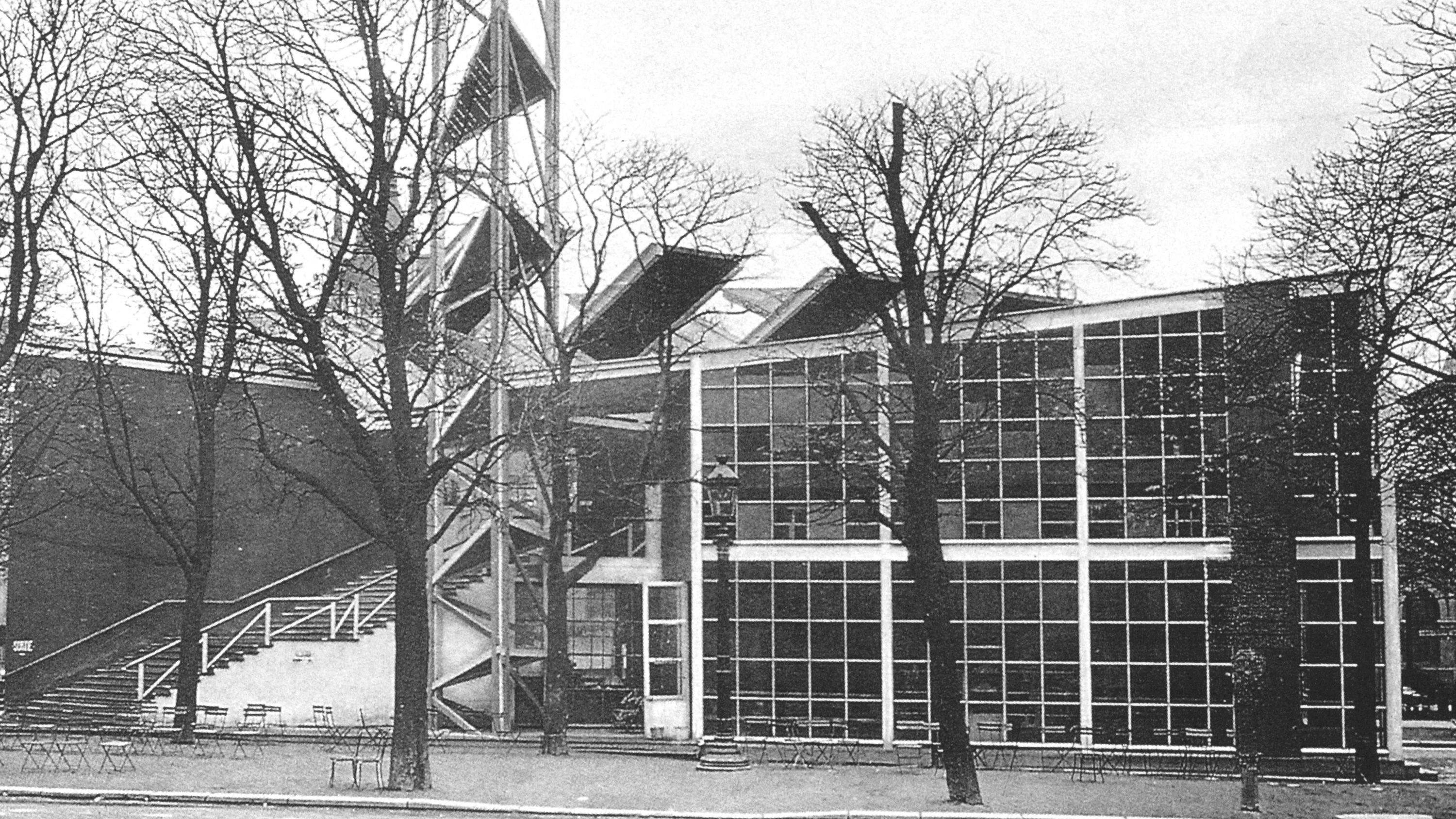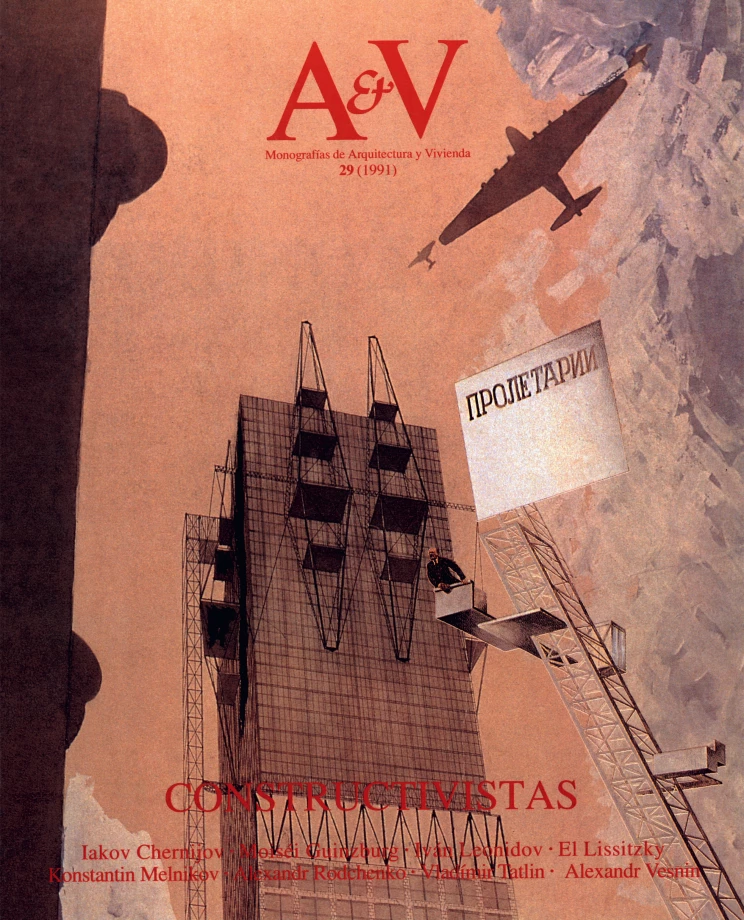
Konstantin Melnikov, Soviet Pavilion at the Exposition des Arts Décoratifs, Paris, 1925
At the Exposition des Arts Décoratifs in Paris in 1925, two constructions of special importance coincided because of their formal translation of theoretical reflections that were already grounded, but already irreversibly differentiated in the common thinking of architectural modernity. On the one hand, that building (the L'Esprit Nouveau pavilion) of introverted geometry, where the subtlety of the purist Le Corbusier offered a synthesis of his research on housing around the 1920s.
On the other, Melnikov's Soviet Pavilion, as an international presentation (in terms of concrete achievements) of the expressive complexity of the constructivist avant-garde. They were two masterly exceptions in a murky and frivolous panorama of sumptuous eclecticism and that version of sweetened rationalism for the sensitive bourgeoisie that triumphed internationally under the name of 'Art Deco'. Above all, as a cinematographic scenography...[+]






